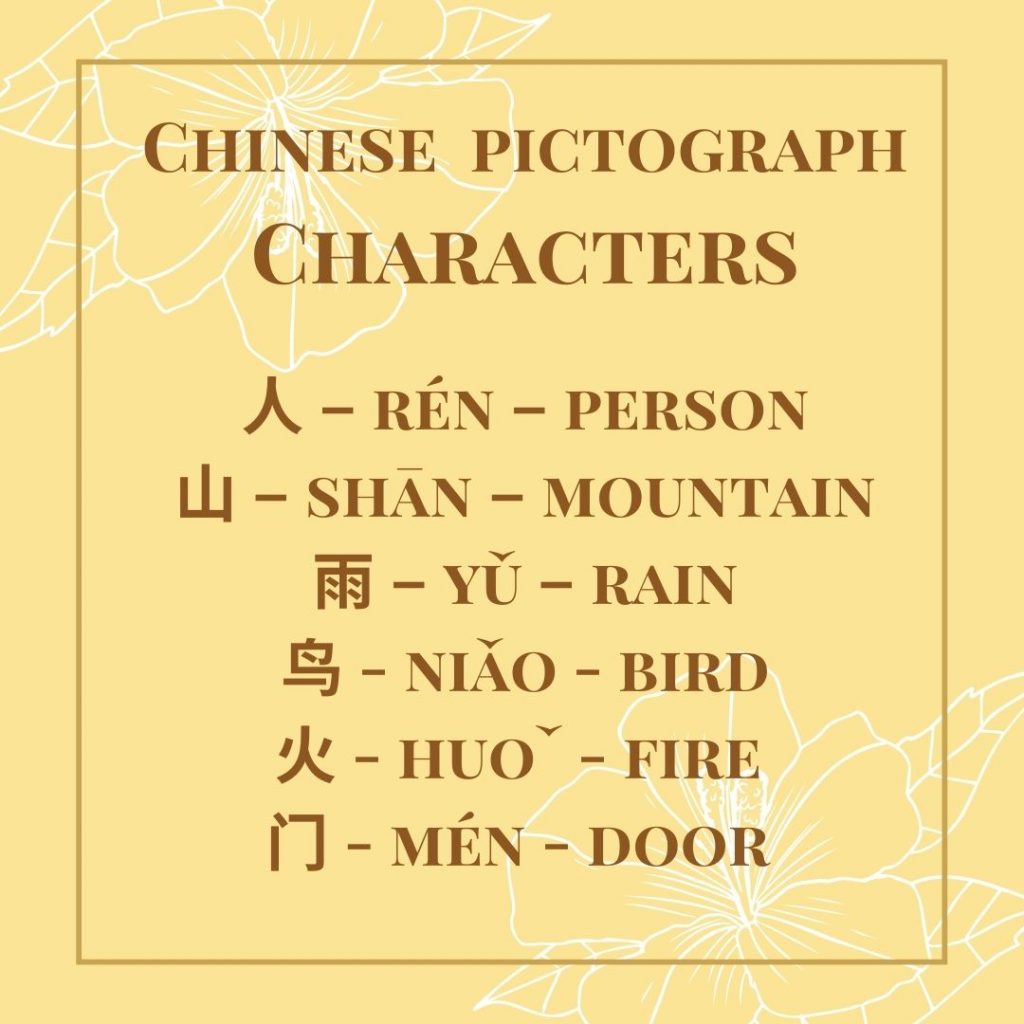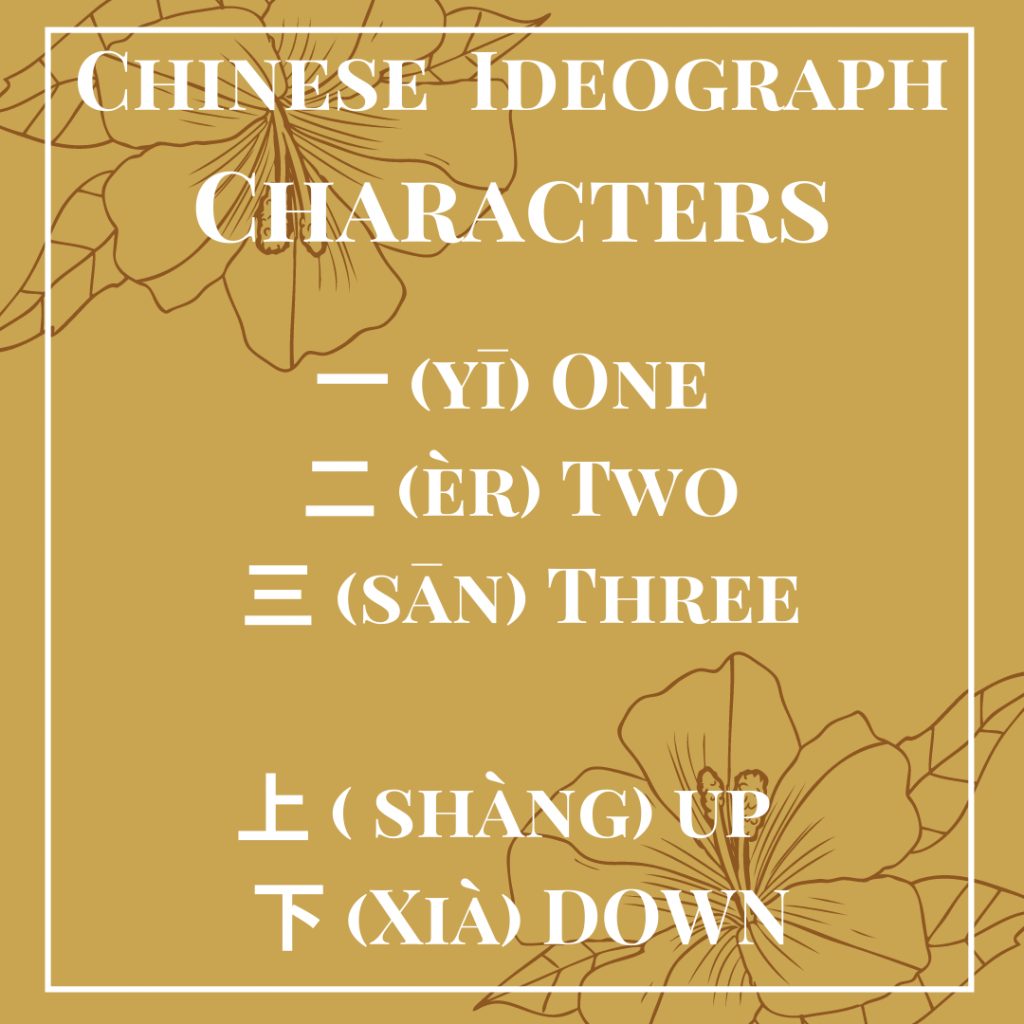
Chinese is a Logical Language
There are a lot of people who will tell you that Chinese is a very difficult language to learn. Sadly, these people are probably telling the truth – based on their own experiences. This is because many foreigners are taught to learn Chinese exclusively through repetition and memorization. This is usually because they learn from Chinese teachers who as children learnt the language that way. However, this approach neglects to employ the logical nature of chinese. If you are taught to identify and understand the logic of Mandarin Chinese language, you’ll find learning Chinese a lot easier than most European languages!
Chinese Character Logic
There are six different types of Chinese characters, the easiest of which to understand and remember are pictographs and ideographs.
Pictograph Characters
Pictograph characters are the oldest form of Chinese writing and these characters are used for many common words. Learning these pictographs also helps with understanding other types of character because they are applied or incorporated in more complex characters.
As the word ‘pictograph’ suggests, these type of characters are simply pictures of the words they represent. For example;

人 – rén – person
山 – shān – mountain
雨 – yǔ – rain
鸟 – niǎo – bird
火 – huǒ – fire
门 – mén – door
When you realise that the meaning of these characters can be grasped by studying their appearance it gives the learner an important insight that will make learning, remembering and using easier.
Ideograph Characters
Ideographs are also a very easy type of character to understand and remember. These types of character represent ideas and concepts.

The most commonly used examples of ideographs are 一 (yī), 二 (èr), 三 (sān), which represent – 1, 2, 3.
The characters for ‘up’, 上 ( shàng,) and ‘down’, 下 (xià), are also ideographs which are simple to understand and remember.
The Logic to Chinese Character Creation | Chinese Radicals
The combination of two words to create a new word is common to most languages and Chinese is no different. Iin Chinese two (or more) characters are often combined to create a new character, and when that happens we call those ‘parts’ radicals.
Some examples of radicals combined to create new characters include:
好 – hǎo – good. This character combines woman (女) with child (子).
森 – sēn – forest. This character combines three trees (木) to make a forest.
休 – xiū – to rest. This character combines person 人 (rén) with tree 木 (mù).
明 – míng – bright. This character combines the sun 日 (rì) and the moon 月 (yuè).
As you begin to learn the most common Chinese characters (such as the ones above) you begin to see there is a clear logic to how words and Chinese characters are created. Being aware of this logic makes learning Chinese not only easier but also extremely rewarding, and before long learners have the skills to decipher new characters as they come across them.
The 100 Most Common Radicals
What is really exciting about these building blocks is that there are a total of just 214 radicals – of which 100 are extremely common. By becoming familiar with these, Chinese language learners can use logic to quickly and easily understand written Chinese.
Of course the best way to learn any foreign language is by learning vocabulary in context, making it easier to remember and more interesting to study.
Domino Chinese takes a logical approach to teaching and learning Chinese. Like the game of dominos, our courses build step by step, making the process of learning Chinese fast, fun and logical.
To learn more about the Domino Chinese courses, and the Domino Classroom lessons, check out the videos below. Mastering Chinese quickly, easily and logically is just a click away!